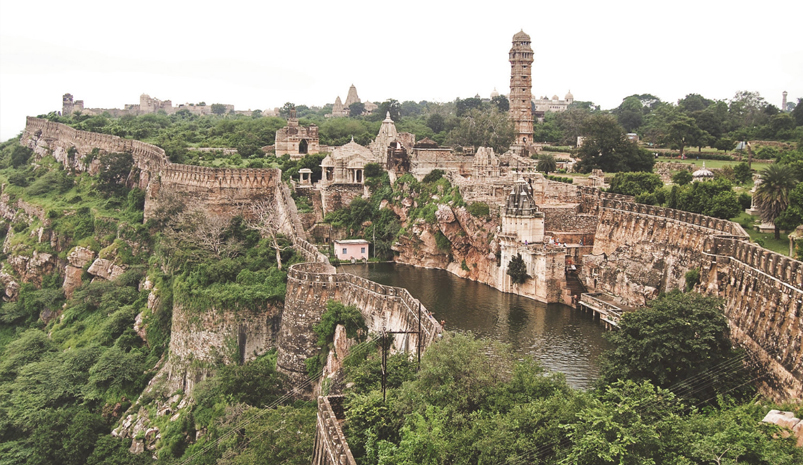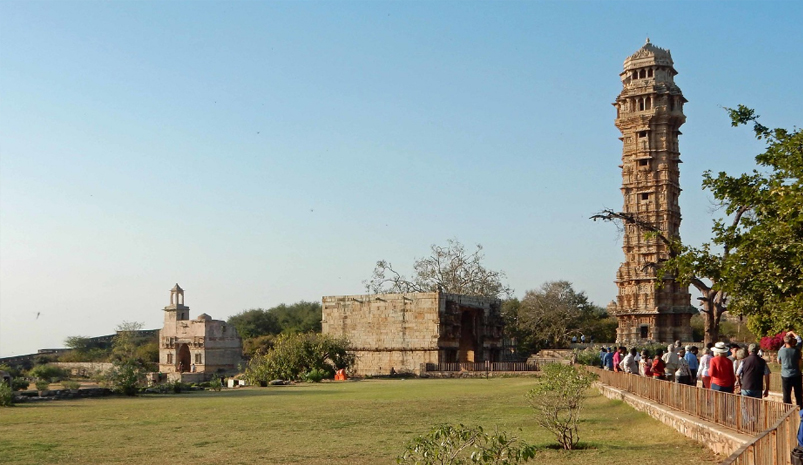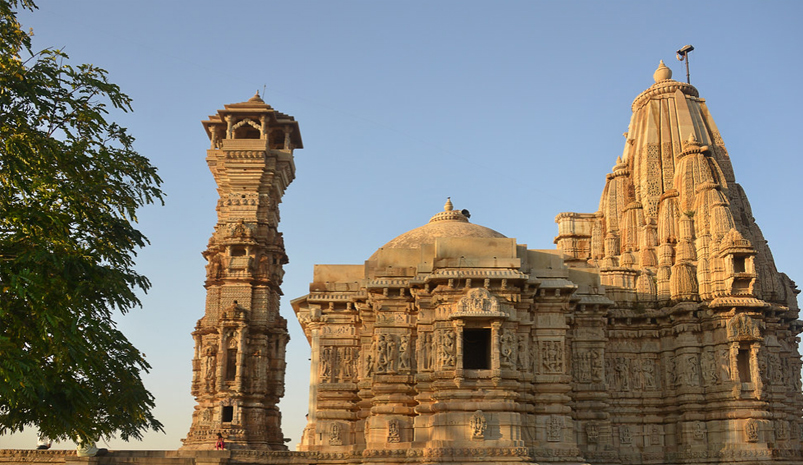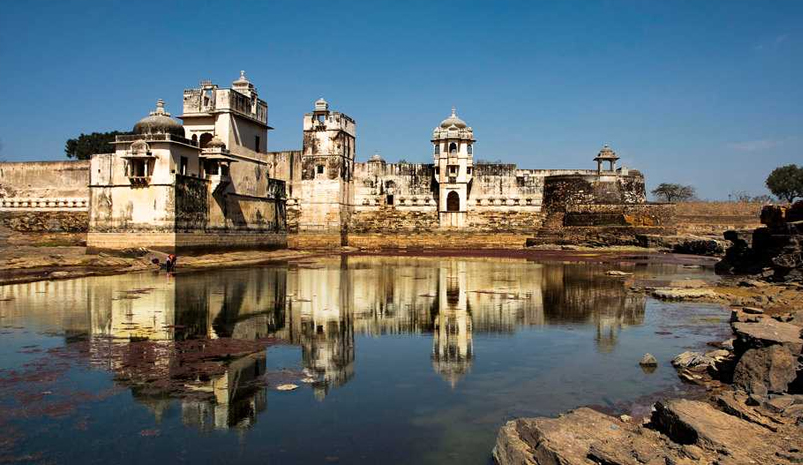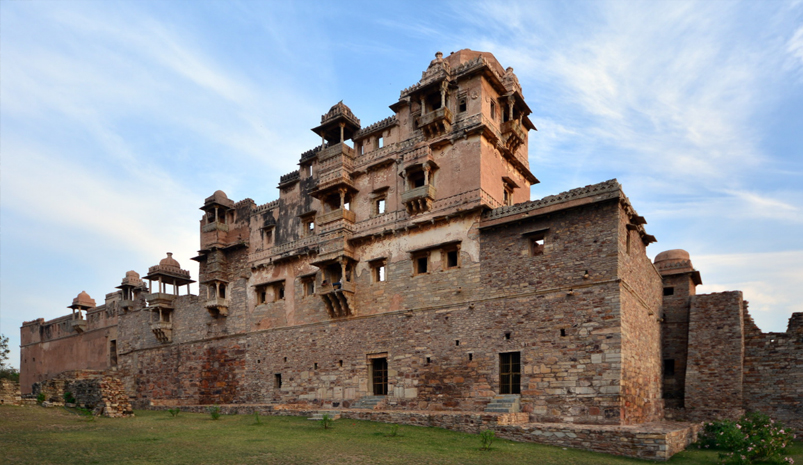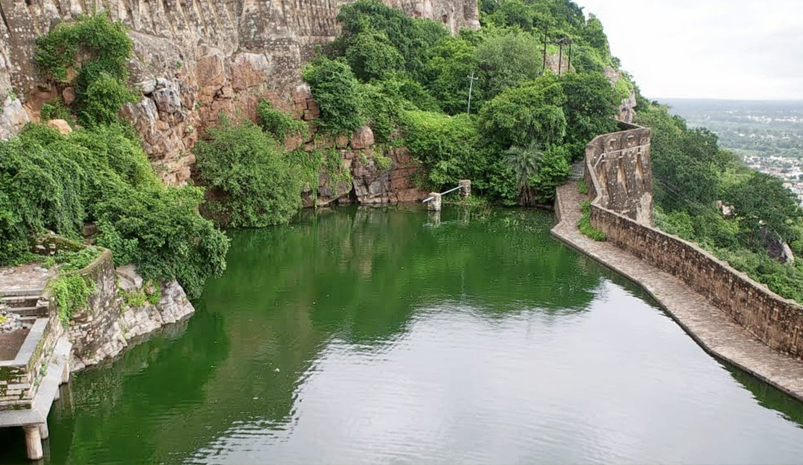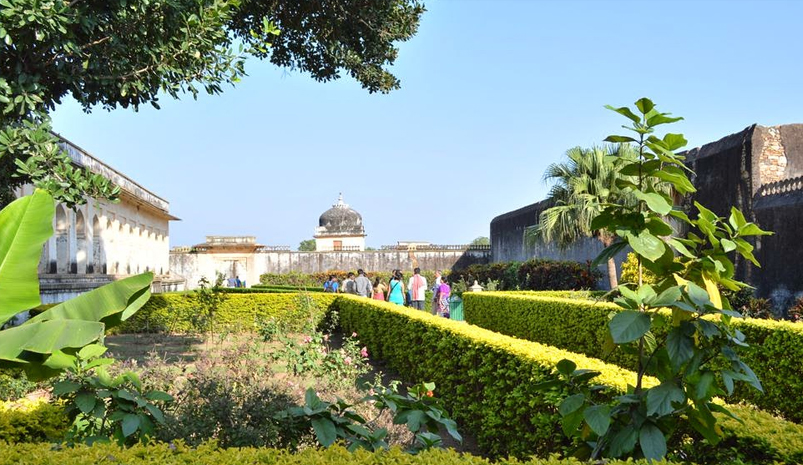Chittorgarh
Chittorgarh is a historic city located in the state of Rajasthan, India. It is famous for its magnificent fort, rich history, and tales of valor. Here are some of the notable attractions and destinations in Chittorgarh:
- Chittorgarh Fort: The Chittorgarh Fort is the largest fort in India and a UNESCO World Heritage Site. It stands atop a hill and offers panoramic views of the surrounding area. The fort is known for its impressive architecture, palaces, temples, and reservoirs.
- Vijay Stambh (Victory Tower): Also known as the Tower of Victory, Vijay Stambh is an iconic monument within the Chittorgarh Fort. It was built by Maharana Kumbha to commemorate his victory over the Sultan of Malwa. The tower is adorned with intricate carvings and provides a stunning view from the top.
- Kirti Stambh (Tower of Fame): Kirti Stambh is another prominent tower within the fort complex. It is dedicated to the first Jain Tirthankara, Adinath. The tower is adorned with detailed sculptures and offers a glimpse into the rich Jain heritage of the region.
- Rana Kumbha Palace: This palace within the Chittorgarh Fort was the residence of the illustrious ruler Maharana Kumbha. The palace showcases a blend of Rajput and Mughal architectural styles and houses beautiful chambers, balconies, and courtyards.
- Padmini Palace: Padmini Palace is associated with the legendary Queen Padmini. It is known for its beautiful architecture and a reflection pool that offers a view of the palace in the water. The palace has historical significance and is a popular attraction for visitors.
- Rani Padmini’s Garden: Located near the Padmini Palace, Rani Padmini’s Garden is a serene spot with lush greenery, flowers, and fountains. It provides a peaceful environment for relaxation and leisurely walks.
- Gaumukh Reservoir: Situated within the Chittorgarh Fort, Gaumukh Reservoir is a water body fed by a natural spring. The reservoir is believed to have provided water to the fort during ancient times and has religious significance.
Chittorgarh is a city steeped in history and legends, and these attractions offer a glimpse into its glorious past. Exploring the fort, palaces, and other sites will transport you back in time and provide insights into the rich Rajputana heritage of the region.
History
Chittorgarh has a rich and tumultuous history that spans several centuries. The city witnessed the rise and fall of different dynasties, including the Mauryas, Rajputs, Delhi Sultanate, and the Mughals. Chittorgarh Fort, with its impressive architecture, served as a symbol of power and resistance against foreign invasions. The city is renowned for its tales of valor and sacrifice, including the legendary acts of Queen Padmini and the Jauhar (mass self-immolation) by women during sieges. Chittorgarh faced numerous invasions and battles, leaving a lasting impact on its history and cultural heritage. Today, the fort and its associated structures stand as a testament to Chittorgarh’s glorious past, attracting visitors from around the world to explore and learn about its captivating history.
Geography
Chittorgarh is a historic city located in southern Rajasthan, India. It sits on the banks of the Berach River and is surrounded by the picturesque Aravalli Range. The city spans approximately 28 square kilometers (11 square miles) and has an average elevation of 394 meters (1,293 feet) above sea level. Chittorgarh’s geography is characterized by rocky terrain, fertile plains, and the presence of the Berach River. The region experiences a hot semi-arid climate with scorching summers and mild winters. The monsoon season, from July to September, brings some rainfall to the area. The fertile plains surrounding Chittorgarh support agriculture, with crops such as wheat, maize, and pulses being cultivated. The city’s natural surroundings, including the Aravalli Range, add to its scenic beauty and make it an attractive destination for travelers seeking historical and cultural experiences.
Weather
Chittorgarh experiences a hot semi-arid climate with distinct seasons throughout the year. Here is an overview of the weather in Chittorgarh:
Summer (March to June): Summers in Chittorgarh are hot and dry, with temperatures often soaring above 40°C (104°F). April and May are the hottest months, with scorching heat and high levels of discomfort. It is advisable to stay hydrated and avoid outdoor activities during the peak summer months.
Monsoon (July to September): Chittorgarh receives moderate rainfall during the monsoon season. The showers provide relief from the summer heat and bring a refreshing change to the landscape. However, rainfall can be erratic and unevenly distributed throughout the season.
Post-Monsoon (October to November): After the monsoon, Chittorgarh experiences a transition period characterized by pleasant weather. Temperatures begin to drop, and the surroundings become greener.
Winter (December to February): Winters in Chittorgarh are mild and enjoyable. The temperatures range from 8°C to 25°C (46°F to 77°F). It is the best time to visit the city, as the weather remains pleasant for outdoor activities and sightseeing.
Overall, the winter months are the most favorable for visiting Chittorgarh, while the summer months can be uncomfortably hot. It is advisable to carry light cotton clothing, sunscreen, and sufficient water while traveling to Chittorgarh, particularly during the summer season.
How to reach
Chittorgarh is well-connected to major cities in India through various modes of transportation. Here are the ways to reach Chittorgarh:
By Air: The nearest airport to Chittorgarh is Maharana Pratap Airport in Udaipur, which is approximately 90 kilometers (56 miles) away. The airport is well-connected to major cities in India, including Delhi, Mumbai, and Jaipur. From the airport, you can hire a taxi or take a bus to reach Chittorgarh.
By Train: Chittorgarh has its own railway station, Chittorgarh Junction, which is well-connected to major cities in India. Several trains operate to and from Chittorgarh, including express and superfast trains. It is advisable to check the train schedules and book your tickets in advance.
By Road: Chittorgarh is well-connected to various cities in Rajasthan and neighboring states through a network of national and state highways. You can reach Chittorgarh by bus or taxi from cities like Udaipur, Jaipur, Jodhpur, and Delhi. Rajasthan State Road Transport Corporation (RSRTC) and private operators provide bus services to Chittorgarh.
By Private Vehicle: You can also reach Chittorgarh by driving in your private vehicle. The city is well-connected by roads, and the journey offers the flexibility to explore nearby attractions at your own pace.
Getting Around
Getting around Chittorgarh is relatively convenient, and there are various modes of transportation available for local travel within the city. Here are the common options for getting around Chittorgarh:
Auto-rickshaws: Auto-rickshaws, also known as tuk-tuks, are a popular mode of transportation in Chittorgarh. They are readily available throughout the city and can be hailed from the streets or found at designated auto-rickshaw stands. Auto-rickshaws are affordable and convenient for short distances.
Cycle-rickshaws: Cycle-rickshaws are another option for getting around Chittorgarh, especially for shorter distances. These manually-pulled rickshaws are slower but provide a unique and leisurely way to explore the city. Negotiate the fare before getting in and ensure clarity on the destination.
Taxis: Taxis, both private and shared, are available in Chittorgarh for more comfortable and convenient travel. You can hire a taxi for a specific duration or negotiate a fare for point-to-point travel. It is advisable to negotiate the fare or confirm the use of the meter before starting the journey.
Public Buses: Chittorgarh has a local bus service operated by the Rajasthan State Road Transport Corporation (RSRTC). These buses connect different parts of the city and can be a budget-friendly option for getting around. The frequency of buses may vary, so it is recommended to check the schedules in advance.
Walking: Chittorgarh is a compact city, and many of its attractions are located close to each other. Walking can be a pleasant way to explore the city, especially in areas with narrow lanes and markets. However, be prepared for the hot weather and carry water and sun protection.
When using public transportation or hiring taxis, it is advisable to confirm the fares, negotiate if necessary, and have a general idea of the route to ensure a smooth and hassle-free experience.
